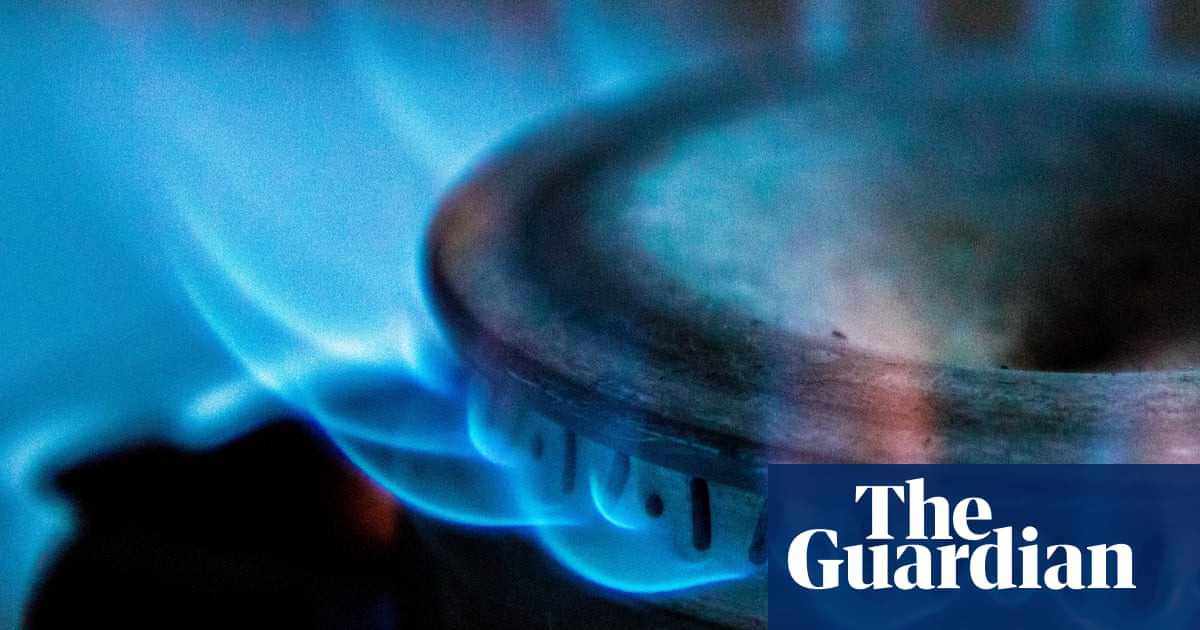Energy costs will fall for millions of British households this summer after the industry watchdog cut the price cap for a typical annual dual-fuel bill by 7% to £1,720.
The energy regulator for Great Britain, Ofgem, said the cap on gas and electricity charges would fall from July by the equivalent of £129 a year for the average home after a sharp slump in Europe’s gas market prices.
Despite the drop, which follows three consecutive quarterly increases, the typical household will still pay about £600 a year more on their annual bill than before Russia’s invasion of Ukraine three years ago.
About 9m households that buy their energy through variable tariffs will see an immediate impact on their bills as the cap takes effect in July. But bill payers could still face higher bills if they use more than the typical amount of energy.
This is because the cap, which is recalculated every three months, limits the rate energy suppliers can charge customers for each unit of gas and electricity – not the total bill.
Ofgem was able to lower the cap after a slump in gas market prices across Europe, which has helped to cut costs for energy suppliers.
The benchmark price for European gas tumbled from highs of almost €58 (£49) per megawatt-hour (MWh) in February to just over €31/MWh last month, while the UK gas market price fell from 138p per therm to about 78p/th.
Cheaper gas means lower costs for household heating, but it also lowers the cost of electricity in the UK because a large proportion of power is generated in gas power plants.
The new price cap is likely to reignite the debate over the affordability of the UK’s energy. A record proportion of British households were unable to pay their energy bills by direct debit last month because there was not enough money in their bank accounts, according to official government data.
after newsletter promotion
More than 2.7% of direct debit payments for gas and electricity defaulted in April because of insufficient funds, the latest figures published by the Office for National Statistics have revealed.
The rising energy default figures are expected to lead to higher overall energy debt and arrears, which reached a record £3.8bn at the end of September last year. This is more than double the debt shouldered by households at the start of 2022.
